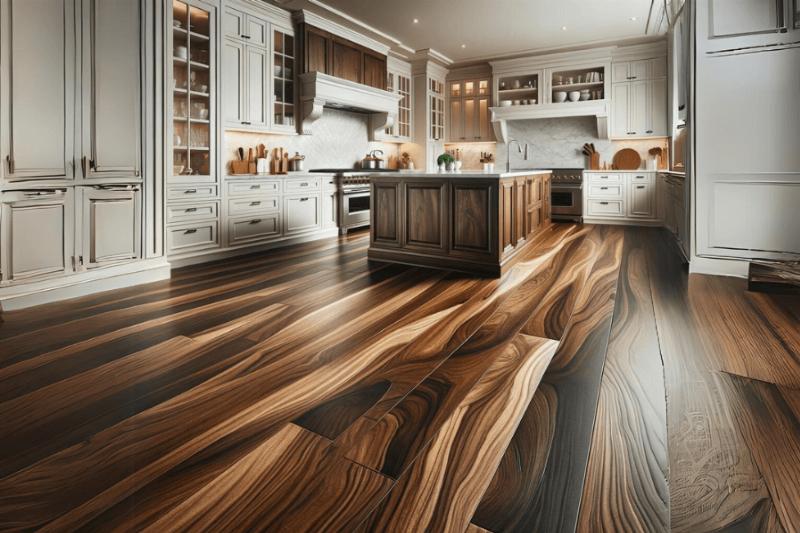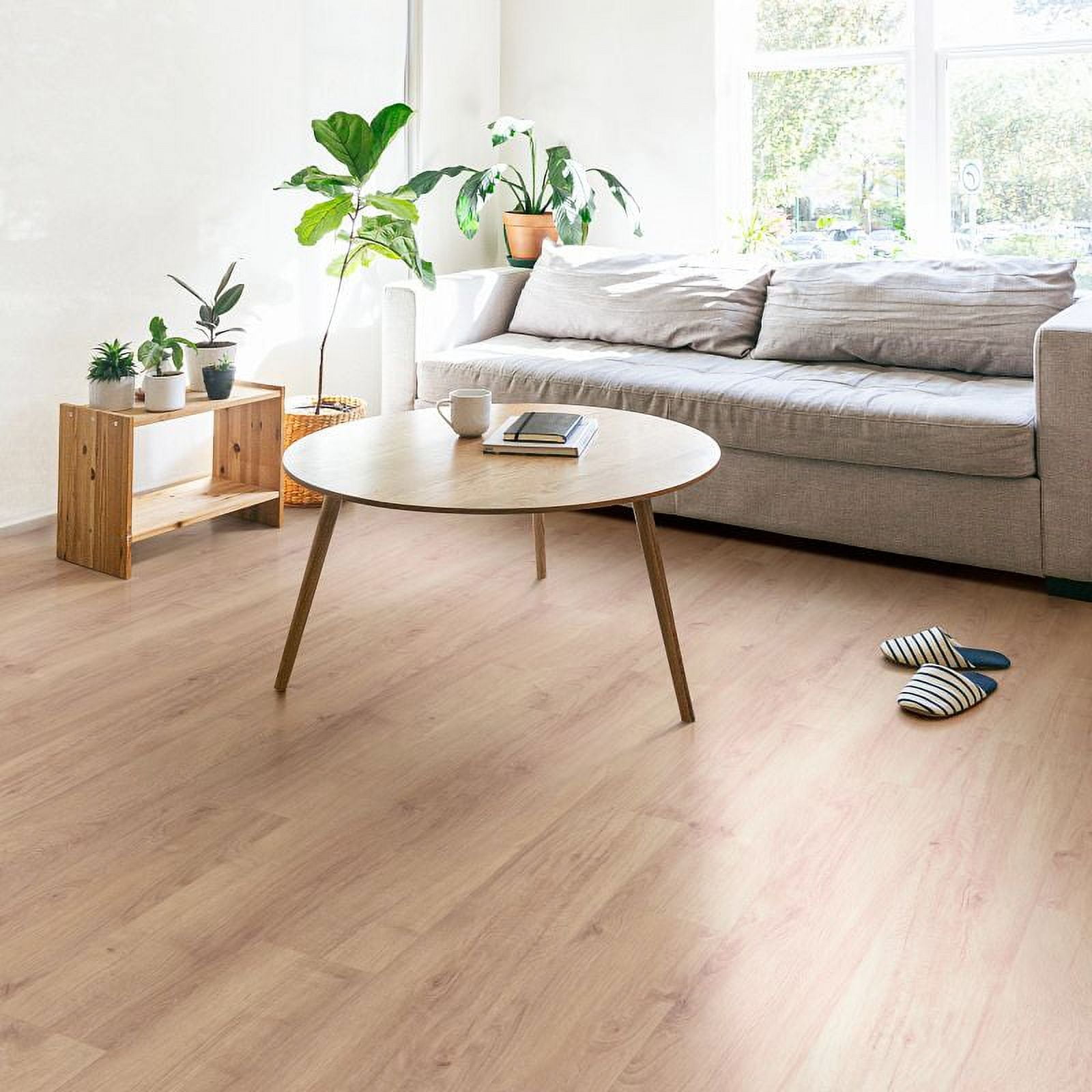Expert Tips for Selecting the Perfect Flooring Product
Picking the excellent floor covering product for your room entails a careful assessment of many factors, including room demands, sturdiness, and visual preferences. By recognizing these aspects, one can browse the intricacies of flooring choices more effectively.
Assess Your Area Demands
When selecting flooring product, it is essential to thoroughly analyze your room needs to guarantee a useful and cosmetically pleasing result. Begin by assessing the function of the room. Different areas, such as living areas, cooking areas, or high-traffic corridors, demand varying levels of flooring durability and convenience.
Following, think about the dimensions of the location. Smaller spaces might benefit from lighter colors or patterns that can produce an impression of higher expansiveness, while larger areas can fit bolder styles or darker tones. Furthermore, consider the area format and any building attributes that might influence floor covering option, such as open floor plans or adjoining areas.
Lighting additionally plays an important function in your selection process. All-natural light can alter the perception of shade and structure, making it crucial to check examples in the actual lights problems before making a decision. Finally, consider the existing furniture and style, making sure that the selected floor covering integrates with these elements for a natural look. By carefully assessing these requirements, you can select flooring that not only meets practical requirements however additionally improves the total aesthetic of your space.
Review Sturdiness and Upkeep
Durability and upkeep are vital elements to take into consideration when selecting floor covering materials, as they straight impact the long life and upkeep of your investment. Different flooring choices show varying levels of durability and treatment requirements, making it vital to evaluate these elements based upon your certain way of life and usage patterns.
For high-traffic locations, materials like ceramic floor tile and deluxe vinyl plank offer premium longevity, resisting scratches and put on effectively. Wood floor covering, while cosmetically attractive, might require more thorough maintenance to stay clear of scrapes and damages. In contrast, laminate floor covering incorporates cost with decent resilience, making it a sensible selection for several houses.
Maintenance factors to consider also play an essential function in your decision. Some products, such as carpeting, may require normal deep cleaning and tarnish elimination, while others like polished concrete call for very little upkeep. The convenience of upkeep can substantially affect your lasting contentment with the flooring option.
Inevitably, assessing the resilience and maintenance requirements will certainly ensure that you pick a flooring product that not just matches your area yet additionally withstands the examination of time, providing both functionality and value.
Think About Visual Preferences
Aesthetic choices play a crucial duty in the flooring choice process, as the aesthetic appeal of your space considerably impacts its general atmosphere and design. When choosing floor covering, consider how different materials, shades, and patterns line up with your design vision. For example, hardwood can pass on heat and elegance, while sleek tiles may evoke a modern, click here to read minimal feeling.
Additionally, the coating of the flooring product can significantly change its look. Glossy coatings reflect light and can produce an impression of area, while matte coatings give an even more suppressed, earthy vibe. Color option is similarly important; lighter tones can make a room really feel larger and much more welcoming, while darker tones can add deepness and dramatization.

Set a Realistic Budget Plan
Selecting the appropriate floor covering material involves not just aesthetic and responsive factors to consider but likewise economic preparation. Establishing a realistic budget plan is essential in guaranteeing that you choose a flooring option that fulfills your aesthetic choices while remaining monetarily possible. Begin by examining your overall improvement or construction spending plan, and designate a certain portion for floor covering.
Think about both the cost of materials and the installment expenses - Tile Houston TX. Flooring costs can vary considerably based upon the kind-- hardwood, laminate, carpeting, or ceramic tile-- each with its very own rate variety. It is vital to represent prospective extra costs, such as underlayment, adhesives, or ending up materials, which can impact the general expense
Furthermore, it is a good idea to consist of a contingency allocation, typically around 10-15% of the floor covering budget plan, to accommodate unpredicted expenses that may emerge during installment. Study various suppliers and producers to compare rates and top quality, guaranteeing you receive the most effective worth for your financial investment. By setting a sensible spending plan, you can with confidence browse the flooring selection procedure, reducing monetary stress while achieving the desired look and capability for your area.
Explore Environmental Impact
When taking into consideration floor covering options, the environmental influence of products should be a considerable element in the decision-making process. Lasting flooring materials not just minimize environmental footprints however additionally promote healthier interior atmospheres.
All-natural products, such as bamboo and cork, are excellent options as they are naturally degradable and eco-friendly. Bamboo, as an example, expands rapidly and can be gathered without triggering logging. Cork, go to this site originated from the bark of cork oak trees, regenerates without harming the tree, making it a sustainable alternative.
On the other hand, synthetic products frequently have a greater ecological cost because of the disposal, extraction, and production processes included. Vinyl and laminate, while affordable, can release damaging chemicals and add to land fill waste.
Additionally, think about the lifecycle of floor covering materials, consisting of manufacturing, transportation, and end-of-life disposal. Choosing locally-sourced materials can minimize transportation exhausts, while items with certifications such as Forest Stewardship Council (FSC) guarantee accountable sourcing.
Ultimately, picking flooring that straightens with ecological sustainability can improve not just the aesthetic charm of a space but also its general effect on the planet.
Conclusion

Picking the perfect flooring product for your area involves a careful assessment of numerous variables, including room needs, durability, and aesthetic preferences.When choosing flooring material, it is essential to extensively evaluate your area needs to make certain a functional and cosmetically pleasing outcome. When choosing flooring, think about how numerous materials, colors, and patterns line up with your design vision.Choosing the right floor covering material involves not just aesthetic and tactile factors to consider but also monetary preparation (Tile Houston TX).In conclusion, selecting the ideal floor covering product necessitates a thorough evaluation of room needs, toughness, visual choices, budget constraints, and ecological influence